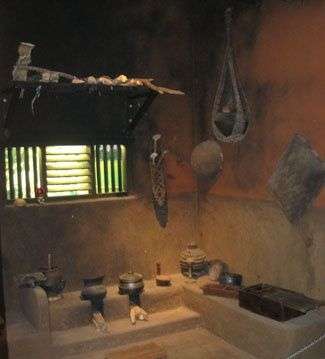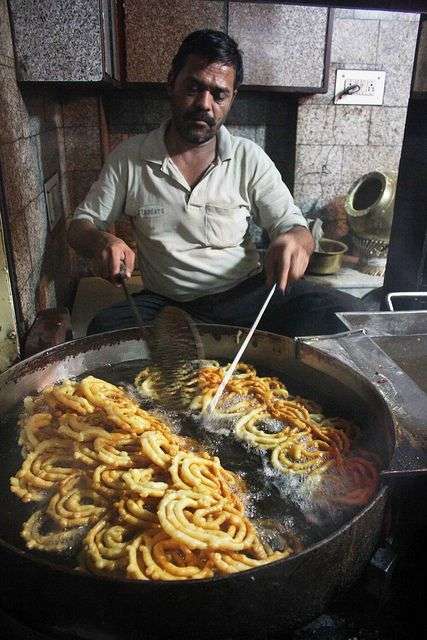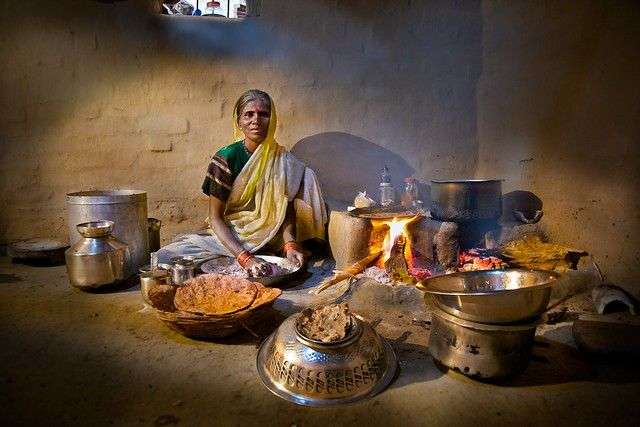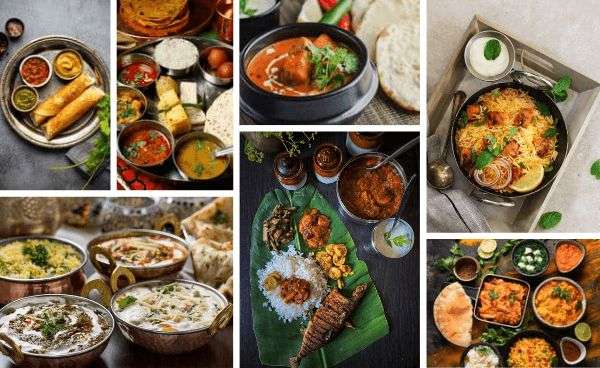The Great Indian Kitchen, a realm where tradition meets innovation, has undergone a remarkable evolution over the years, reshaping the culinary landscape of the Indian subcontinent. This transformation is not merely confined to the preparation of meals but extends to every facet of the culinary experience – from sourcing ingredients to the presentation of dishes. In this detailed article, we will embark on a journey through time, exploring the multifaceted evolution and revolution that have characterized the Great Indian Kitchen.
Section 1: Roots of Culinary Tradition

To understand the evolution of the Great Indian Kitchen, one must delve into the rich tapestry of culinary traditions rooted deeply in the diverse cultures that make up the Indian subcontinent. Each region boasts its unique set of flavors, spices, and cooking techniques, creating a mosaic of tastes that have tantalized palates for centuries. From the aromatic biryanis of Hyderabad to the fiery curries of Kerala, the Great Indian Kitchen has been a crucible of cultural exchange and culinary experimentation.
Section 2: Traditional Techniques and Time-Honored Practices

Traditional cooking techniques have played a pivotal role in shaping the essence of the Great Indian Kitchen. The art of slow cooking, as exemplified by the use of tandoors and earthen pots, has been passed down through generations. Spices, meticulously ground and blended, add depth and complexity to dishes, creating a symphony of flavors. The use of local, seasonal ingredients has been a cornerstone, ensuring freshness and authenticity in every meal.
Section 3: The Culinary Melting Pot

As India opened its doors to the world through trade and cultural exchange, the Great Indian Kitchen began to assimilate global influences. The Portuguese introduced chilies, the British left behind their tea culture, and the Mughals brought with them a refined palate for rich, creamy gravies. The fusion of these influences birthed a culinary melting pot, where traditional recipes received a contemporary twist, and new dishes emerged to reflect the changing times.
Section 4: Technological Advancements and Modern Convenience

The advent of technology marked a turning point in the evolution of the Great Indian Kitchen. Traditional utensils gave way to modern kitchen appliances, simplifying complex processes and reducing cooking times. Gas stoves, pressure cookers, and electric gadgets became indispensable tools, reshaping the way meals were prepared. Convenience became a key factor, allowing individuals to balance hectic lifestyles without compromising on the authenticity of flavors.
Section 5: The Rise of Culinary Education

The 21st century witnessed a surge in culinary education, with aspiring chefs and home cooks seeking to hone their skills and explore the vast realm of possibilities within the Great Indian Kitchen. Culinary schools, cooking shows, and online platforms became conduits for the exchange of knowledge and techniques. This educational wave empowered individuals to experiment with fusion cuisines, elevating the culinary landscape to new heights.
Section 6: The Culinary Revolution – From Street Food to Fine Dining

The Great Indian Kitchen has not only evolved in homes but has also expanded its presence in the public domain. Street food, once considered humble, has undergone a revolution, with innovative vendors experimenting with flavors and presentations. Fine dining establishments have embraced the fusion of traditional and modern, offering curated experiences that transcend the boundaries of conventional dining.
Section 7: Sustainability and Conscious Cooking

In recent years, there has been a growing awareness of the environmental impact of food choices, leading to a shift towards sustainable and conscious cooking in the Great Indian Kitchen. Locally sourced, organic ingredients are gaining prominence, and traditional practices like zero-waste cooking are being rediscovered. The culinary revolution is not just about taste; it is also about responsible and ethical choices that contribute to the well-being of the planet.
Section 8: The Digital Age and Culinary Influencers

Social media and the digital age have brought the Great Indian Kitchen into the spotlight, with culinary influencers and bloggers sharing their culinary adventures with a global audience. From Instagram-worthy plating to step-by-step YouTube tutorials, the digital realm has become a virtual kitchen where enthusiasts connect, share, and inspire one another. This democratization of culinary knowledge has further fueled the evolution of Indian cuisine.
Conclusion:
The journey of the Great Indian Kitchen is a testament to the resilience and adaptability of culinary traditions. From the simplicity of traditional techniques to the complexity of modern fusion, the kitchen has been a canvas for creativity and experimentation. As we savor the diverse flavors that emanate from this culinary crucible, we are reminded that the evolution and revolution in the Great Indian Kitchen are ongoing processes, continually shaping the way we experience food and culture.

















